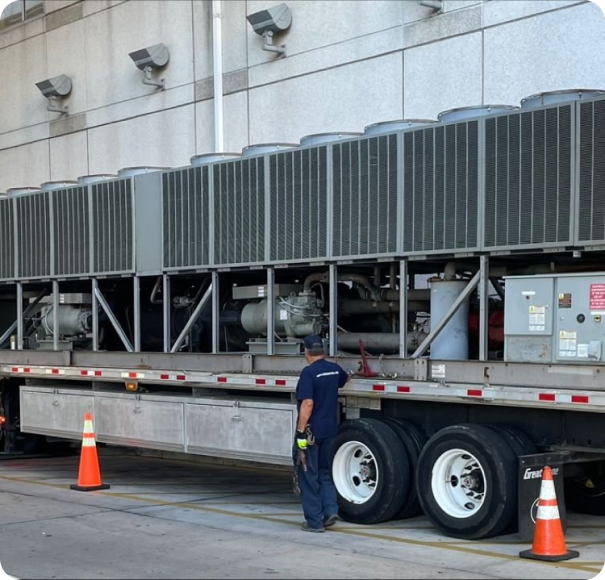Hurricane Contingency Planning
3-month plans
HRS offers 3-month contingency planning to help you prepare for hurricane season. This type of contingency planning provides the peace of mind that, no matter what, we have what you need when you need it. Those opting for this plan can secure temporary/emergency power for the season with our reduced standby pricing options.
The risk of taking a reactive approach to renting emergency equipment is typically lack of equipment availability and sky high emergency rates surrounding major weather events like hurricanes, floods, and freezes.
Having a contingency plan in place guarantees equipment availability for your exclusive use in case of equipment damage/failure or loss of power. Don’t settle for whatever is available at the last minute. Partner with us to ensure you receive the best possible critical contingency planning support during any emergency.
01
guaranteed availability
0
02
reduced standby pricing
0
03
24 / 7 / 365 support
0
04
customizable plans
0
05
august - october
0
6-month plans
HRS offers 6-month contingency plans beginning June 1st and running through November 15th of each year to align with hurricane season. These plans can be completely customized for your specific needs. They typically consist of larger scale equipment that is highly utilized and sometimes unavailable for rent during peak season. By partnering with us for your temporary equipment needs, you are ensuring minimal downtime for your facility when it counts the most – during hot summer months when hurricanes are most likely to make landfall. By implementing a long-term contingency plan, you will avoid paying high emergency rates while guaranteeing the availability for your facility.
01
guaranteed availability
0
02
reduced standby pricing
0
03
24 / 7 / 365 support
0
04
customizable plans
0
05
June - November
0

Facility Asset planning
Peace of mind is priceless. By preparing ahead of time for emergency situations, you can rest assured your business is taken care of by the best. If an unplanned outage or a critical need arises, our team is here 24/7 to ensure a quick response and expert installation. Our contingency planning covers all your utility needs- HVAC, power, compressed air, and dehumidification.
Implementing a plan that identifies your building’s critical needs in the event of an outage will help mitigate the damages and costs incurred by unforeseen risk. For businesses with multiple sites/facilities, our plans can encompass each location with its specific tonnage of cooling, power requirements, and connection points to minimize an unplanned outage.
01
financial risk analysis
0
02
risk assessment
0
03
equipment identification
0
04
prioritization
0
05
system connection
How and where connections are made helps reduce time and money. Care will be taken to choose a location that is easily accessible and that requires the least amount of temporary installation material to keep additional costs to a minimum.
0
06
power availability
The need to document the available voltage(s) and amperage is vital because a transformer or generator may be required. Even if your power has not been affected, some temporary units may require more power than your existing units.
0
07
electrical connection
Whether existing electrical service is adequate or new electrical service will be installed, we will establish the location of the temporary electrical connection(s) and how they will be made.
0
08
temporary equipment location
0
09
plan creation
0
10
implement & review
0
Testimonials
What our Clients Say!






